As recommended in the previous post, an excursion to the Anatolia Fortress (Anadolu Hisarı) offers other sight-seeing choices in the vicinity. The elegant Küçüksu Pavilion, with its Rococo facade, is no doubt a primary one. This imperial abode immediately catches the eye when you approach the area by boat. The lavish decorations are all the more impressive on the seaside because the sultans always preferred to access the pavilion with one of the imperial caiques.
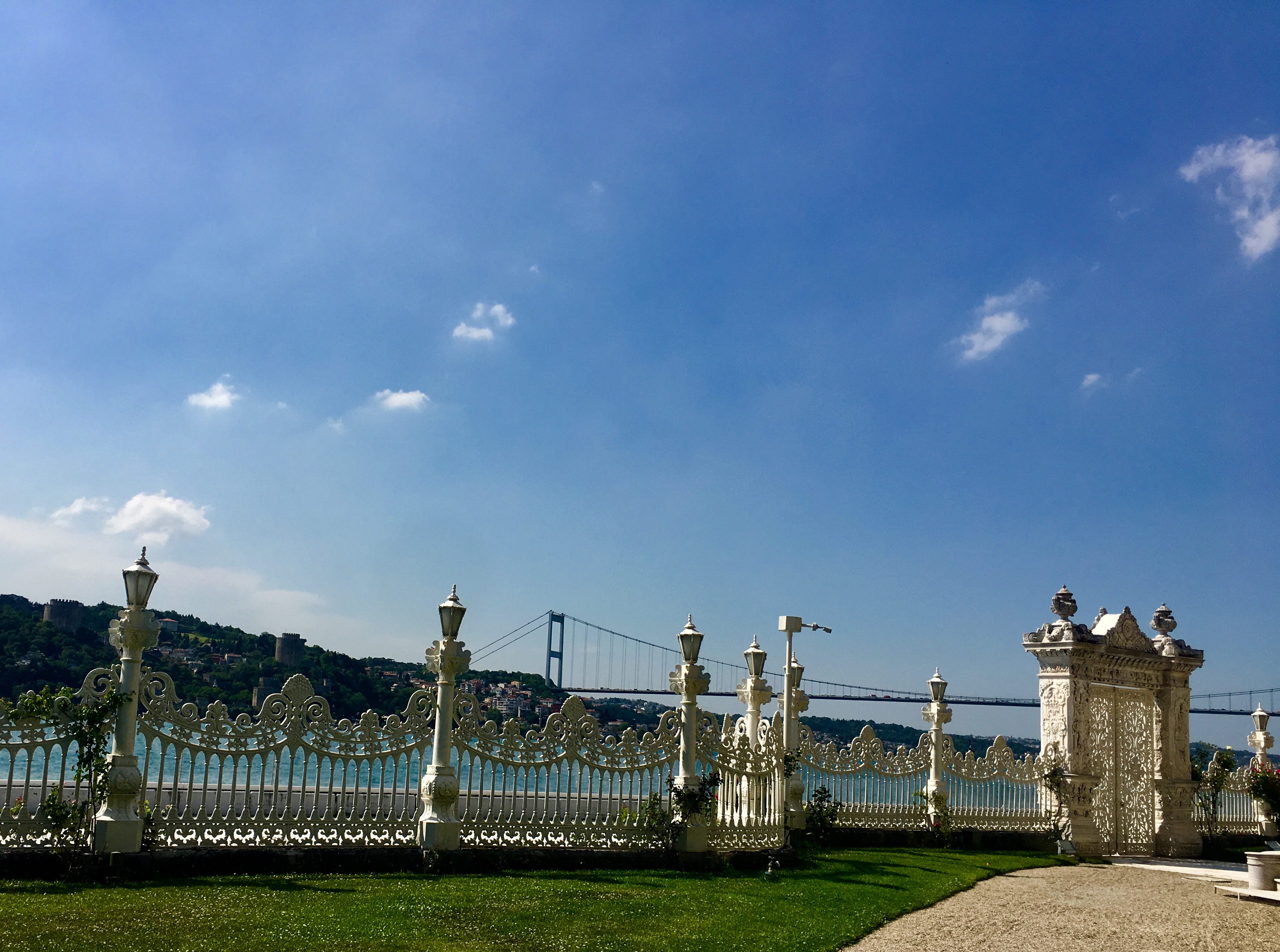
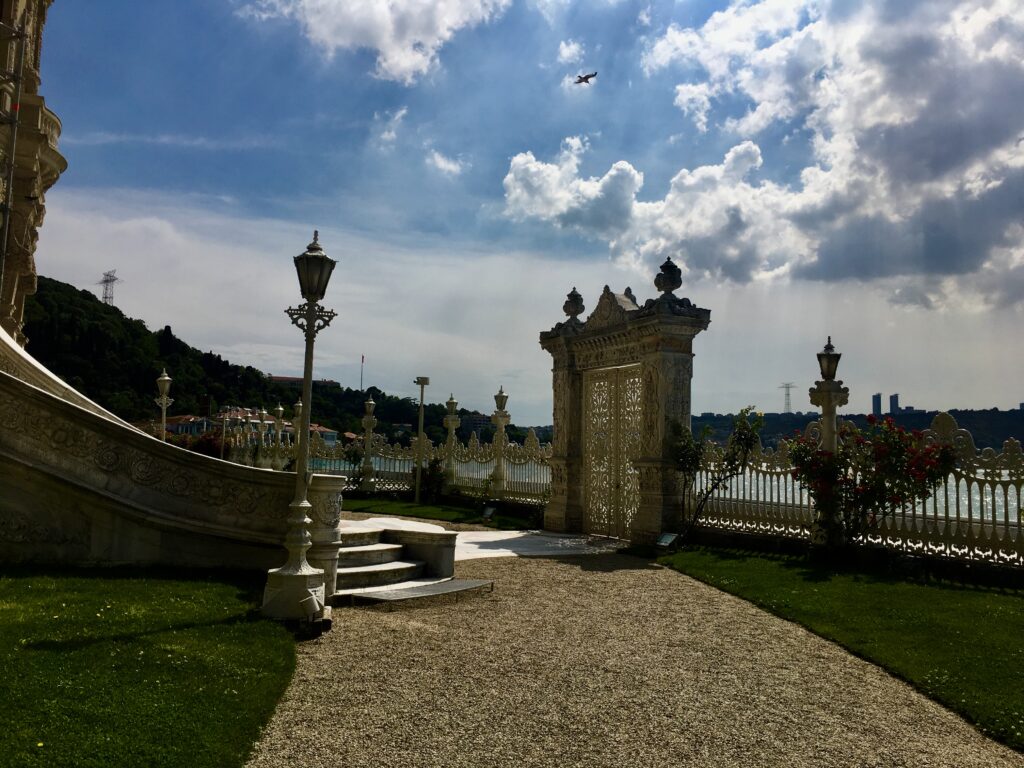
The Küçüksu Pavilion rises at the edge of the Küçüksu Meadow, between the Sweet Waters of Asia (i.e. the Göksu and Küçüksu streams) as Europeans once named them. The area had been one of the imperial pastures and gardens for a long time and became renowned also among ordinary people after the decline of the popularity of the Kağıthane meadow by the Golden Horn. The famous 17th century Turkish traveller Evliya Çelebi described Göksu as “the water of eternity.” The area was full of rose gardens, vineyards, mills and little wooden kiosks.
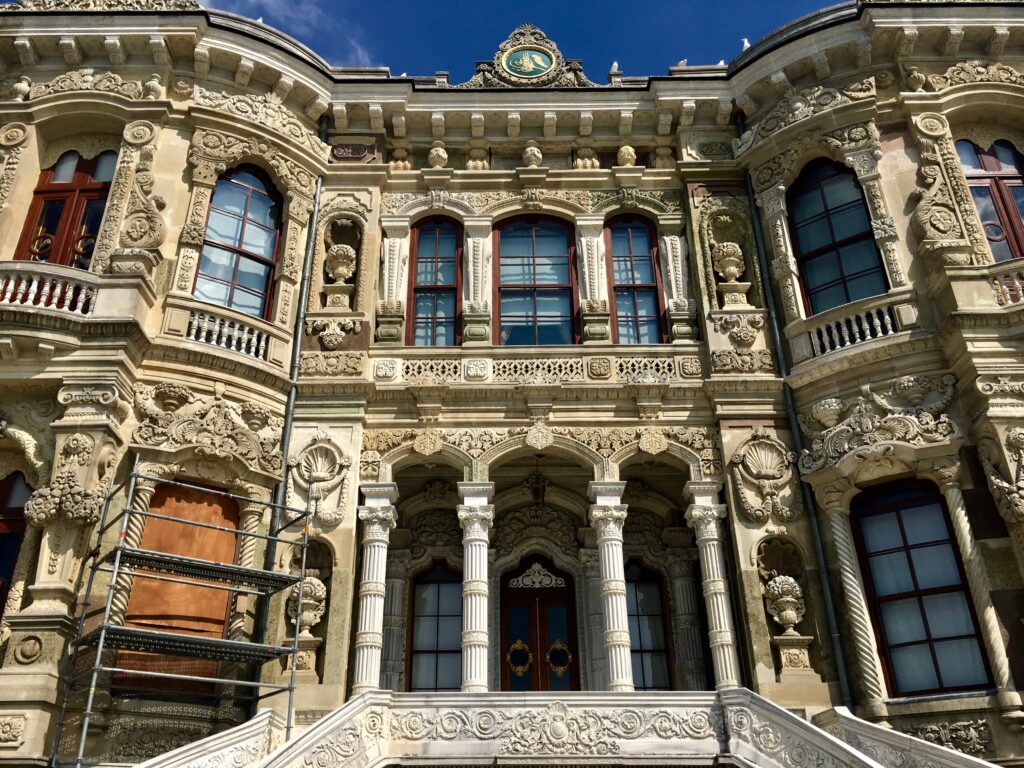
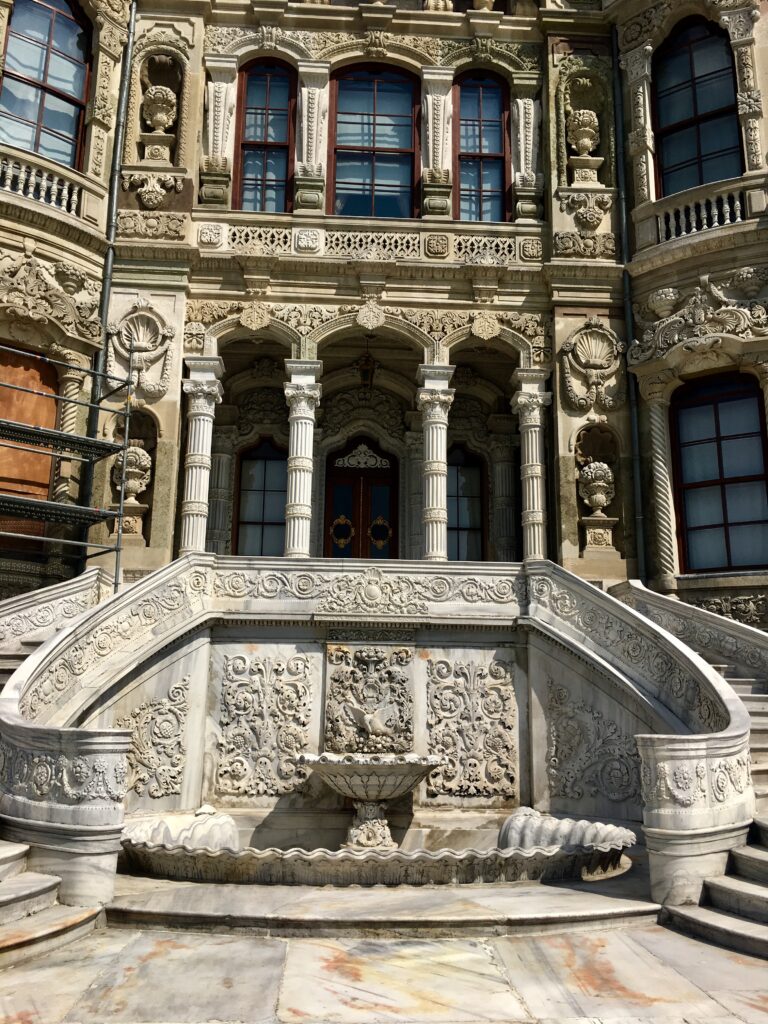
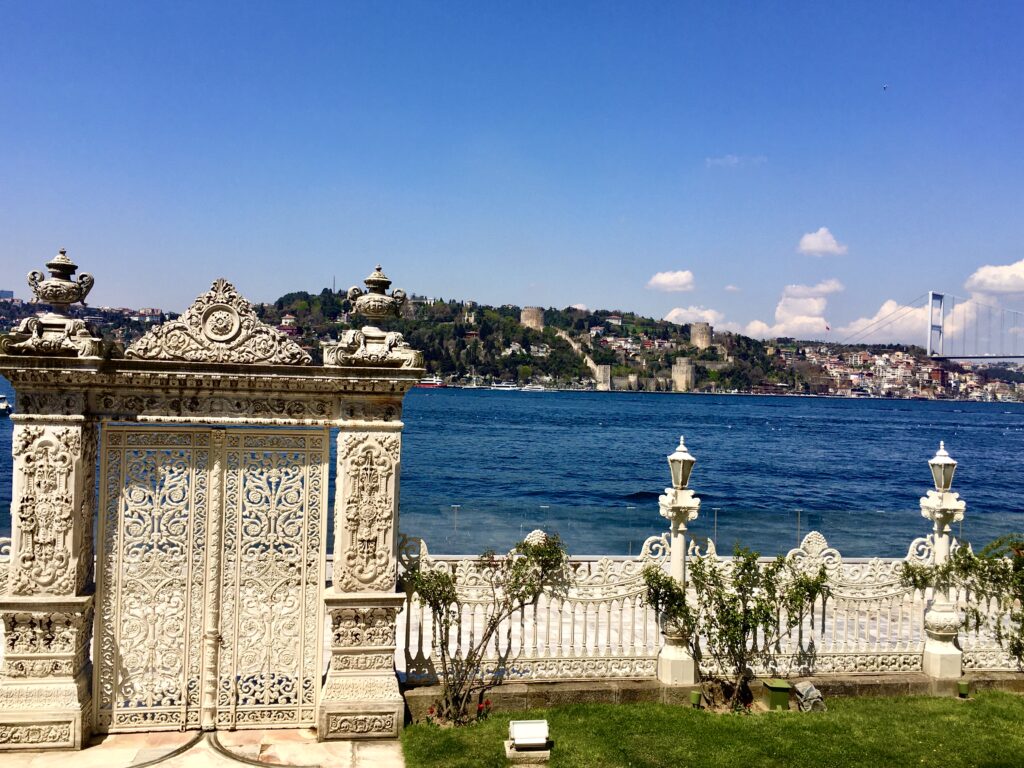
It is stated that, before the construction of the Küçüksu Pavilion, there used to be a wooden structure in its place, at the time of Sultan Mahmut I (r. 1730-1754). It was built between 1751-1752, as a present for the Sultan by his Grand Vizier Divittar Mehmet Emin Pasha. The two-floored building was extensively renovated during the reign of Sultan Selim III (r. 1789-1807), in addition to the construction of a fountain dedicated to his mother, the dowager queen Mihrişah Valide Sultan, of Georgian origin. The fountain is a beautiful example of Ottoman architecture that alludes to the Tulip Period (1718-1730).
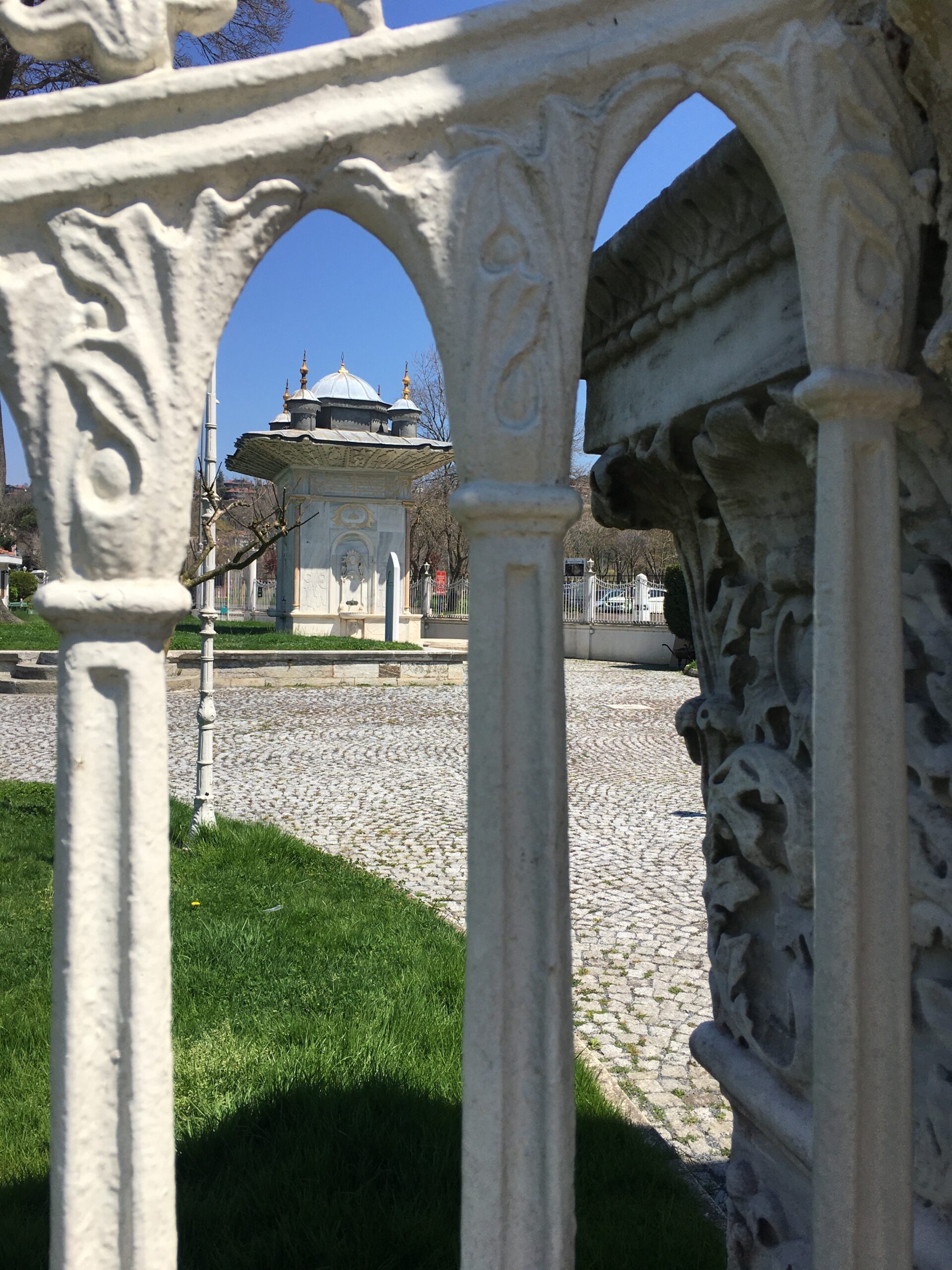
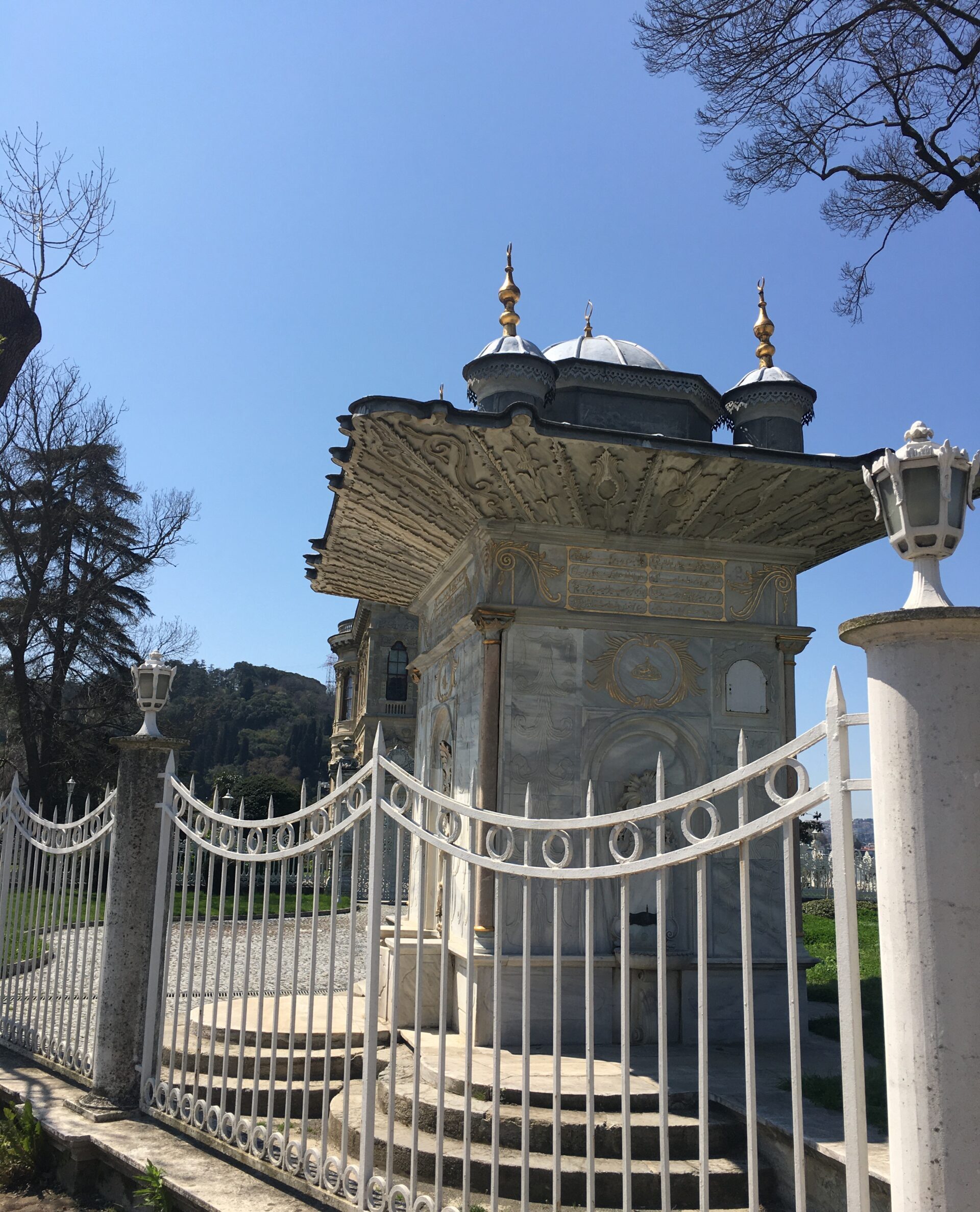
The initial wooden pavilion was demolished almost a hundred years after its construction and was replaced by the structure that we see today. It was built between 1856-1857, during the reign of Sultan Abdülmecid (r. 1839-1861). His brother, Sultan Abdülaziz (r. 1861-1876), who thought the façade ornaments of the pavilion were too modest, commissioned a retouch that would augment the lavish outer-wall decorations. In this way, with the beautifully crafted garlands, flowers and oyster shells, the pavilion acquired a more accentuated late Baroque-Rococo image.
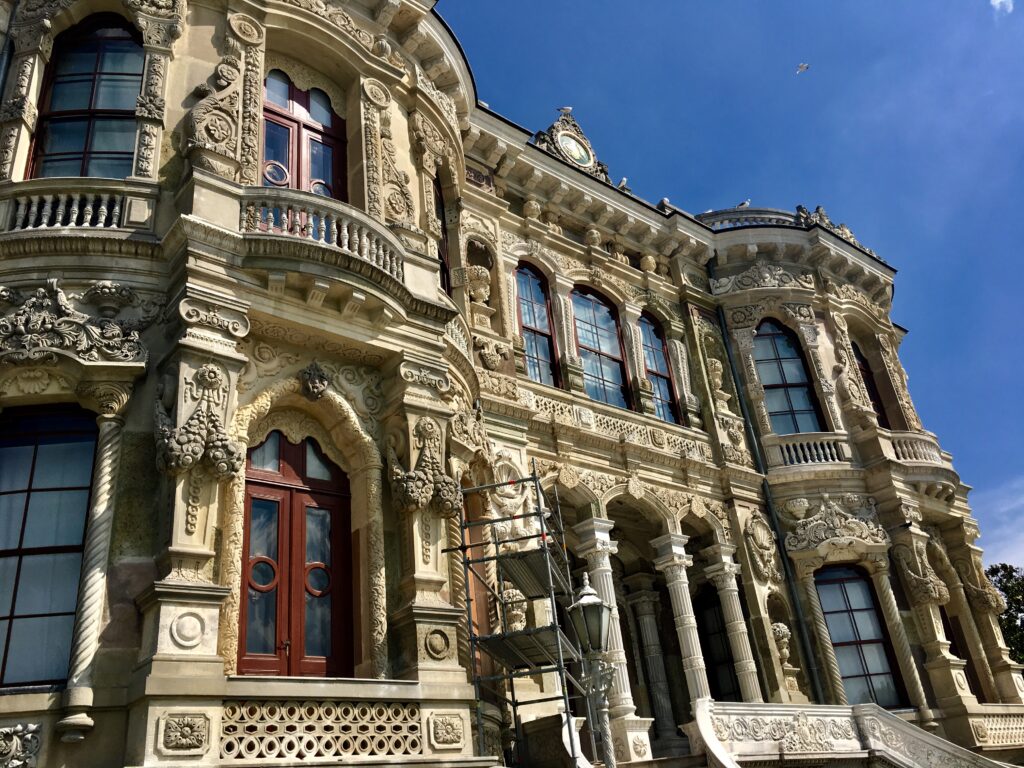
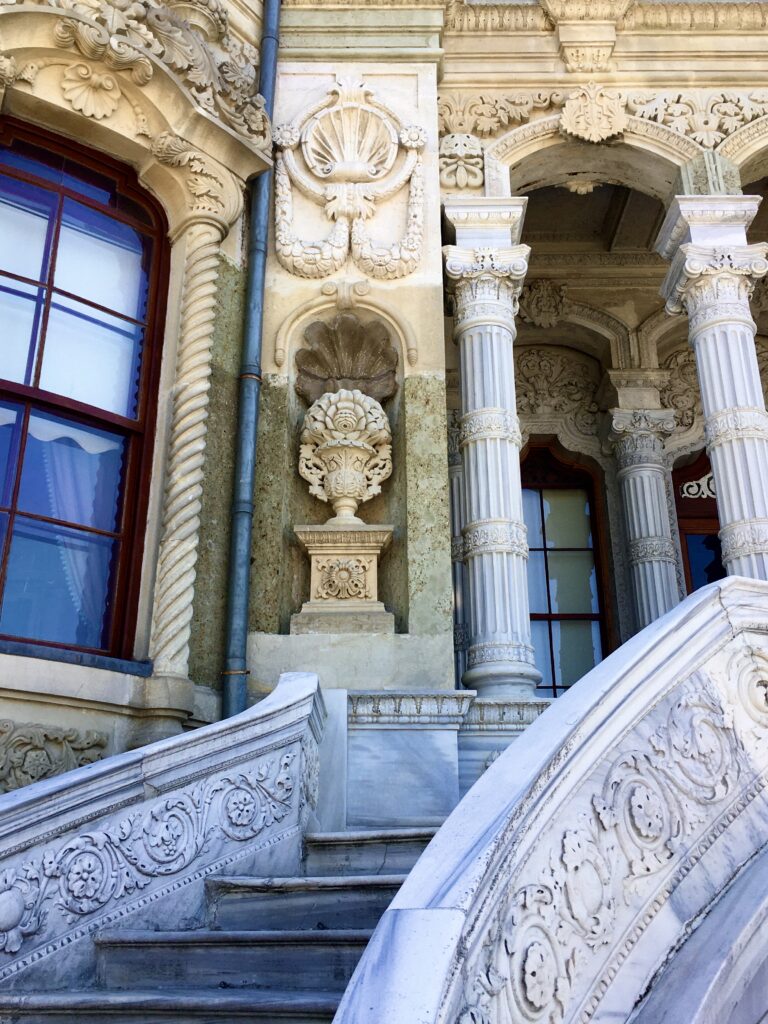
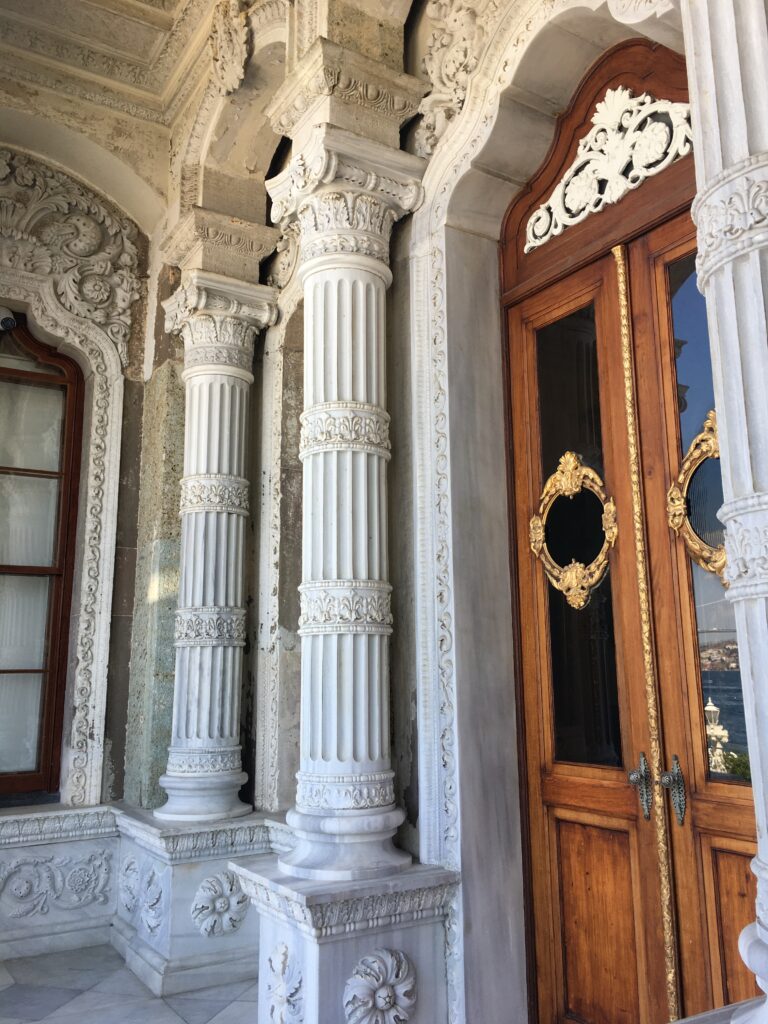
The Küçüksu Pavilion was built by the Ottoman-Armenian architect Nikoğos Balyan who was a member of the famous Balyan family. They built most of the 19th century Ottoman imperial palaces and pavilions, including the Dolmabahçe and Beylerbeyi palaces. Like the Dolmabahçe Palace, the interior decorations and arrangements of the pavilion are the work of art of Charles Polycarpe Séchan (1803-1874), the renowned French interior designer and decorator of the Paris Opera. The pen work decorated plastered ceilings, the parquet floors, the paintings on the walls, the western-style furniture and the fireplaces made of Italian marbles, all have a share in the enchanting atmosphere inside the pavilion.
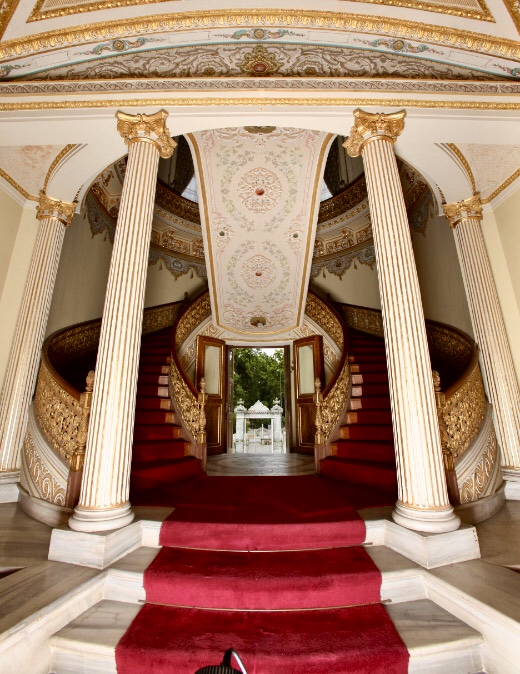
Source: www.millisaraylar.gov.tr
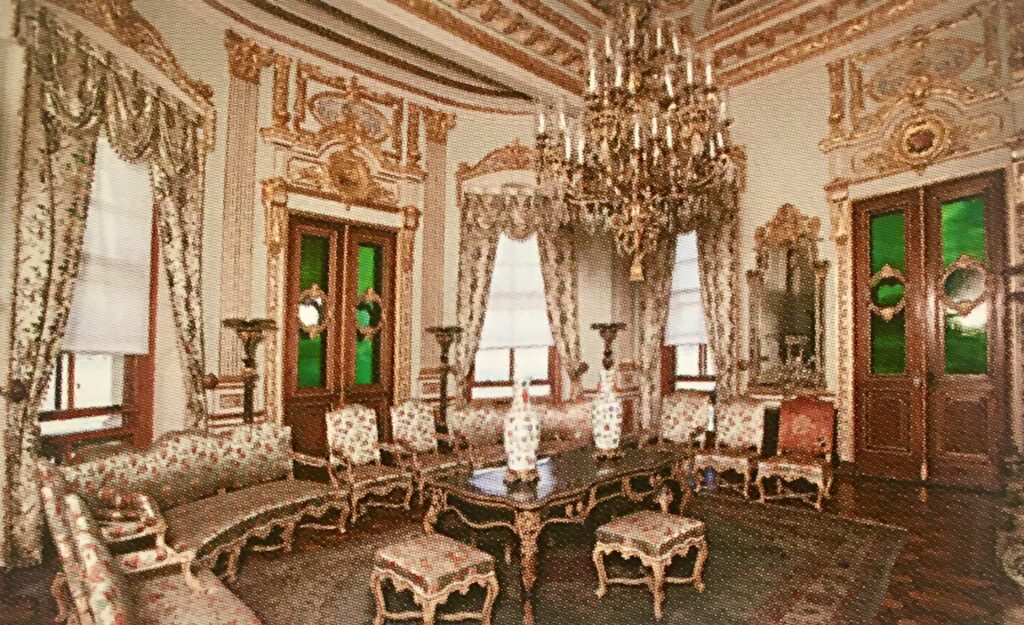
Source: Küçüksu Pavilion brochure
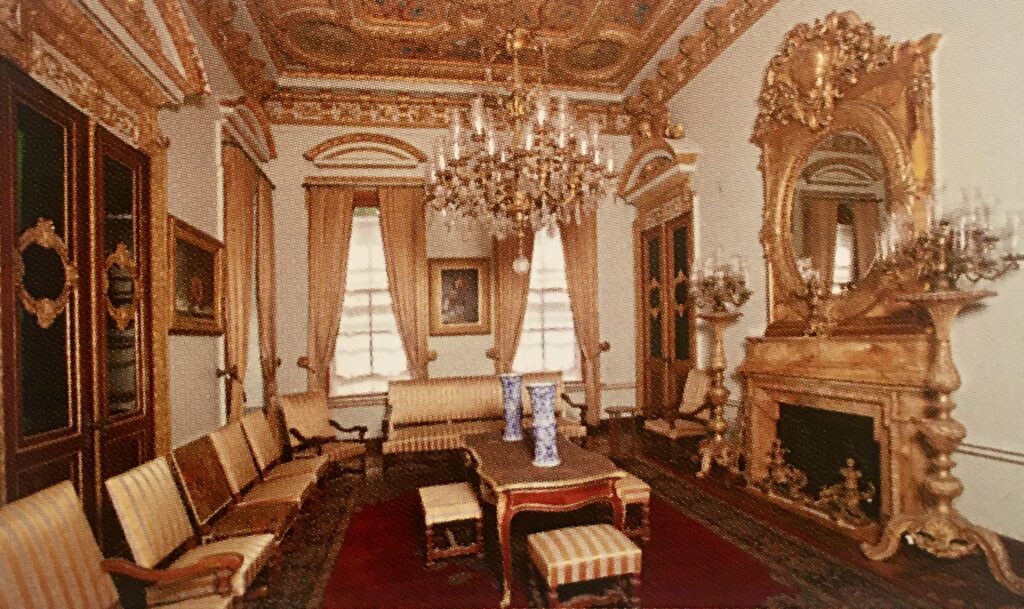
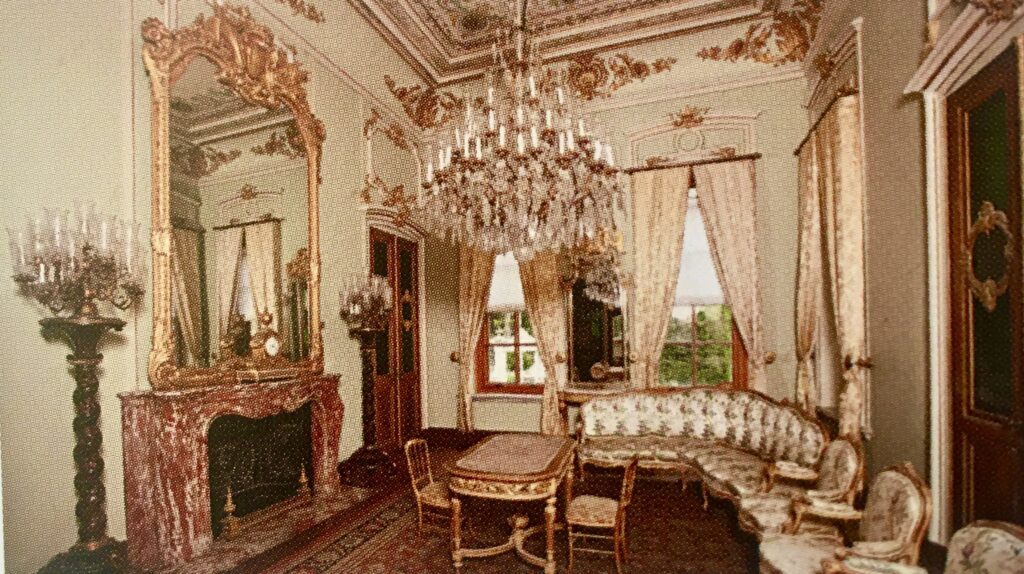
The building, which rises above a basement area of 15 by 27 metres, has two storeys and a basement. The plan of the above floors is in line with the typical Turkish architectural design of houses with a main hall and surrounding rooms. There is a hall on each floor with four rooms at each corner that open on to the central area. The basement was reserved for the servants, the cellar and the kitchen.
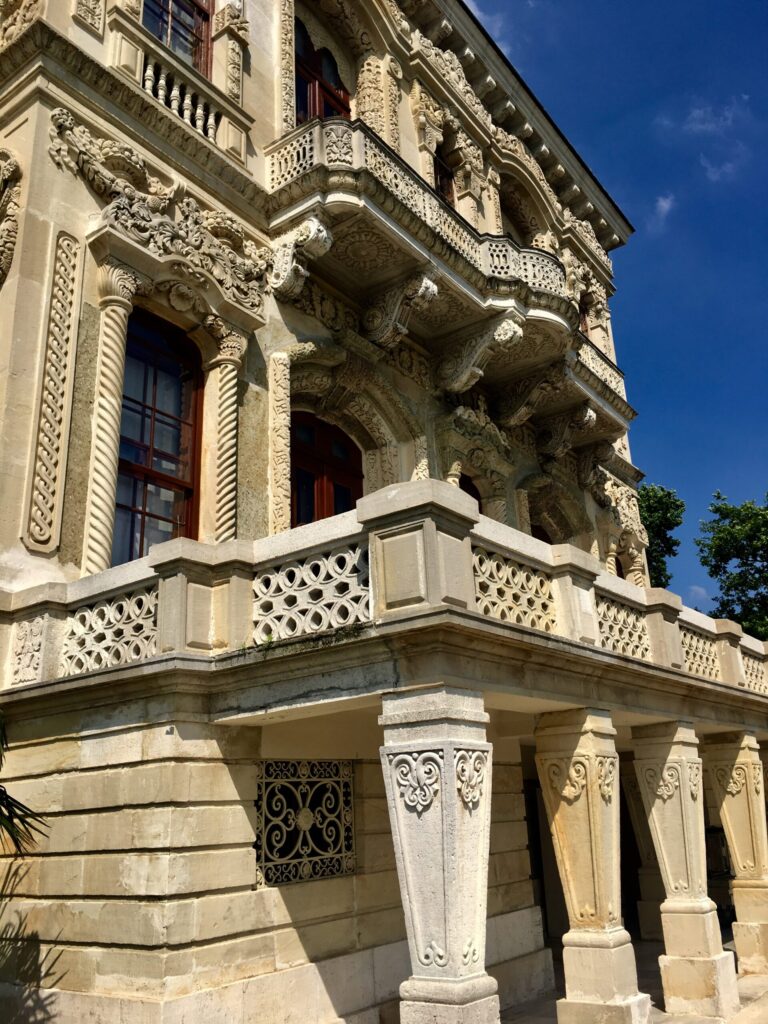
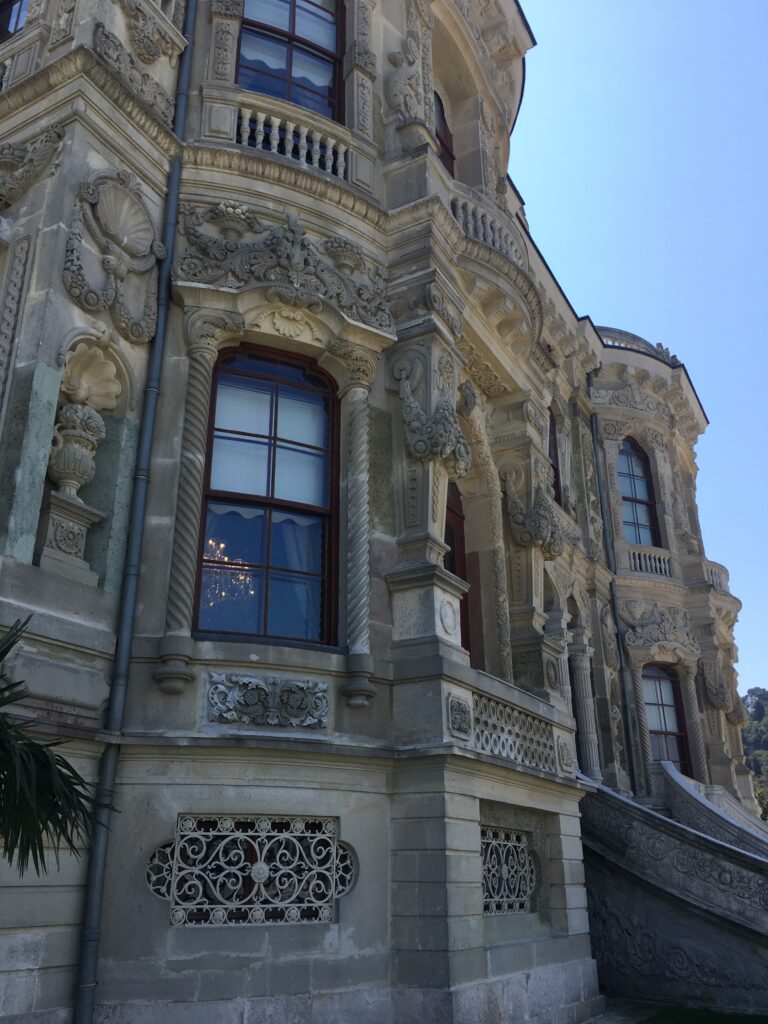
The Küçüksu Pavilion was initially designed for the day-trips of the imperial family from the Dolmabahçe Palace. That is the reason why initially there were no bedrooms in the original design. Some of the rooms were later turned into bedrooms after the declaration of the Republic when the pavilion was used as a guest house for visiting foreign dignitaries. The pavilion was returned to its original form after the recent restorations.
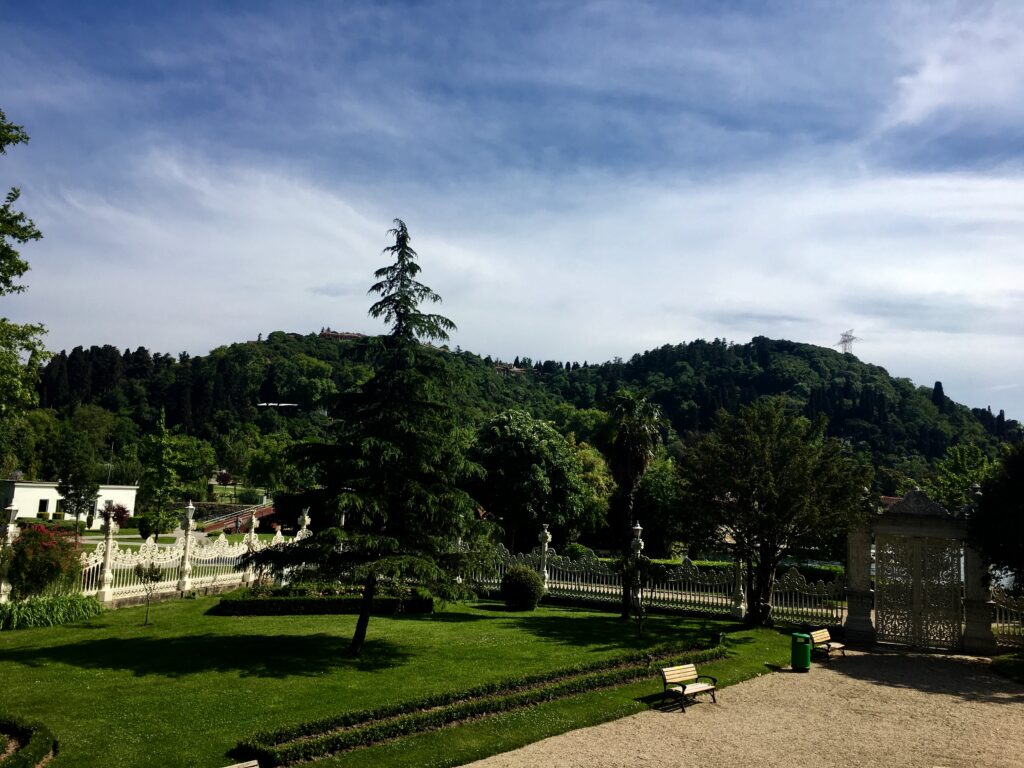
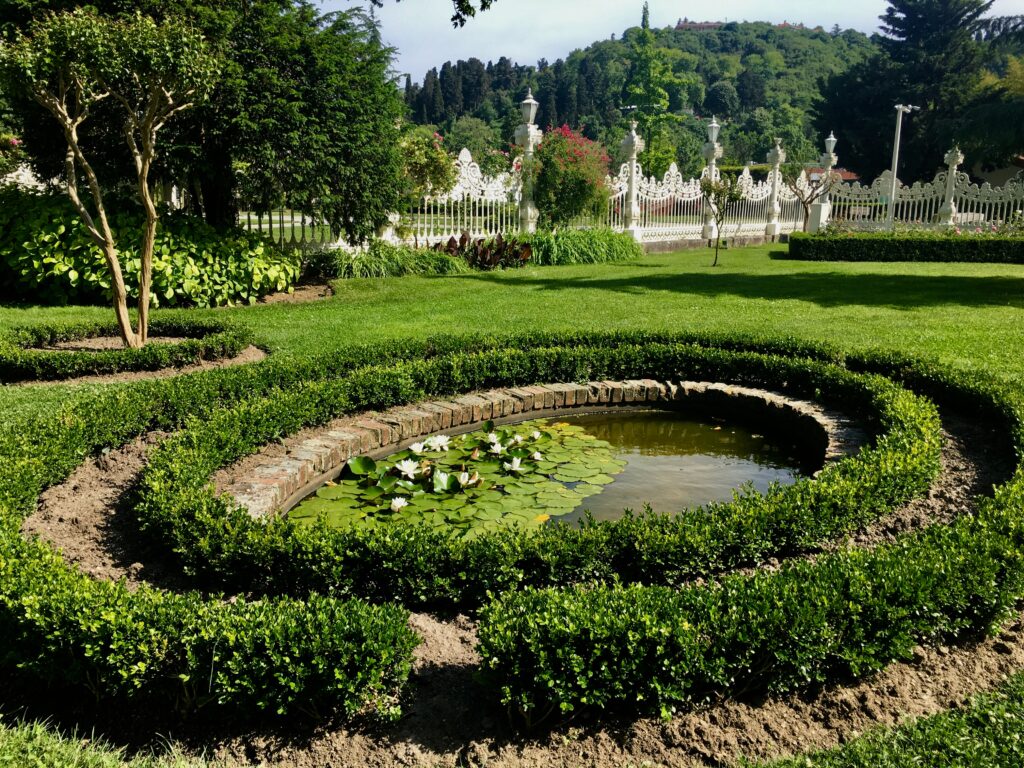
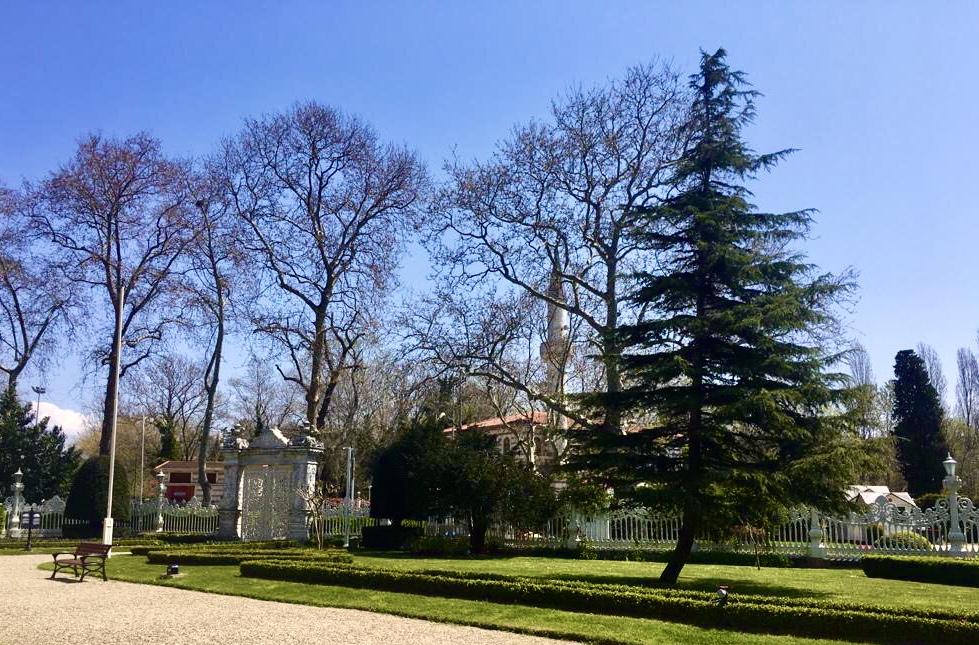
Apart from being a remarkable historical monument, the Küçüksu Pavilion is also the location where a long-practised Ottoman Imperial tradition underwent a major change. Since the early years of the empire, sultans had their meals separately and on their own. Guests were no exception to the rule. It is stated that this rule was broken by Sultan Abdülaziz when he hosted Prince Edward of Wales, the future king of the United Kingdom, at a full-scale meal. This was recorded as the first time an Ottoman Sultan sat at a table with a foreign guest and his entourage. However, some sources also claim that, it was his brother, Sultan Abdülmecid, before him who broke the rule when he hosted the Grand Duke Konstantin Nikolaevich, brother of Tsar Alexander II, at the pavilion. The Grand Duke was on his way home from Jerusalem when he stopped in Istanbul to pay his respects to the Sultan. The founder of modern Turkey, Mustafa Kemal Atatürk, was also very fond of the pavilion and liked to give brief breaks there on his Bosphorus excursions. The pavilion was turned into a museum in 1983. In the 1990s it underwent a thorough restoration.
